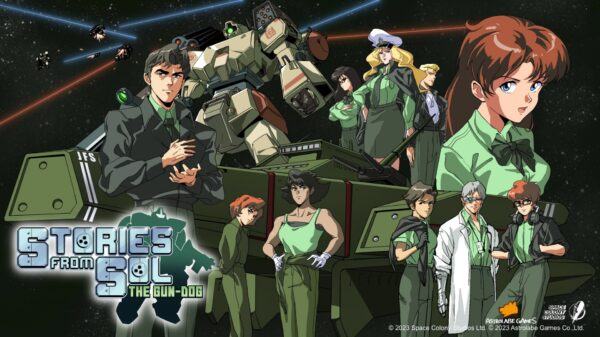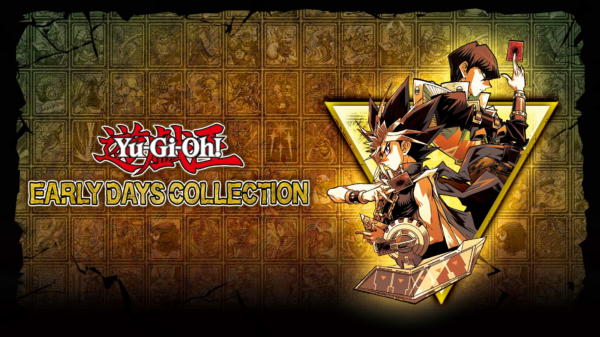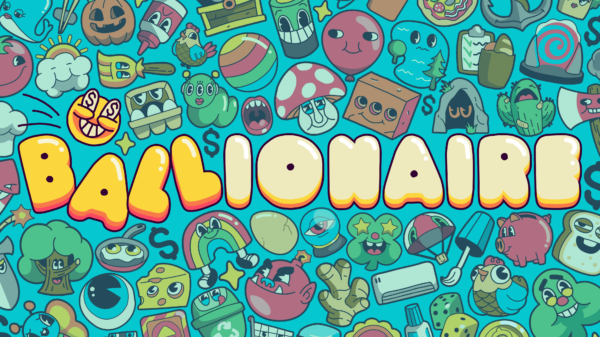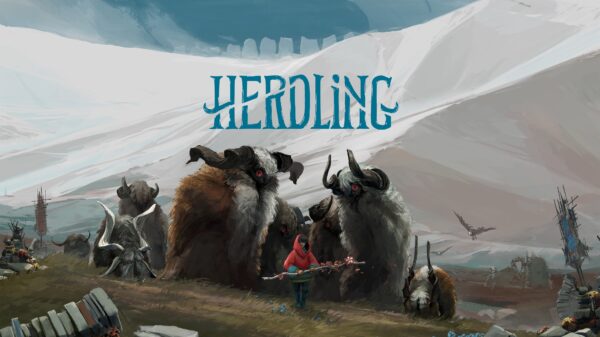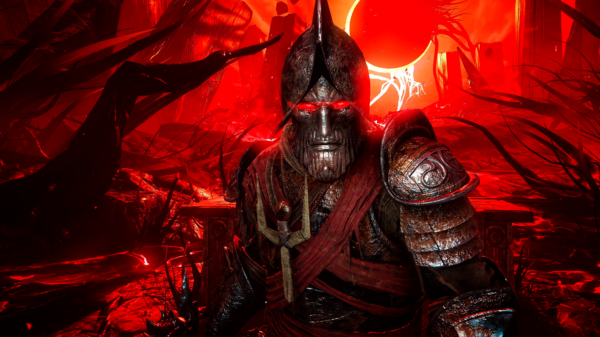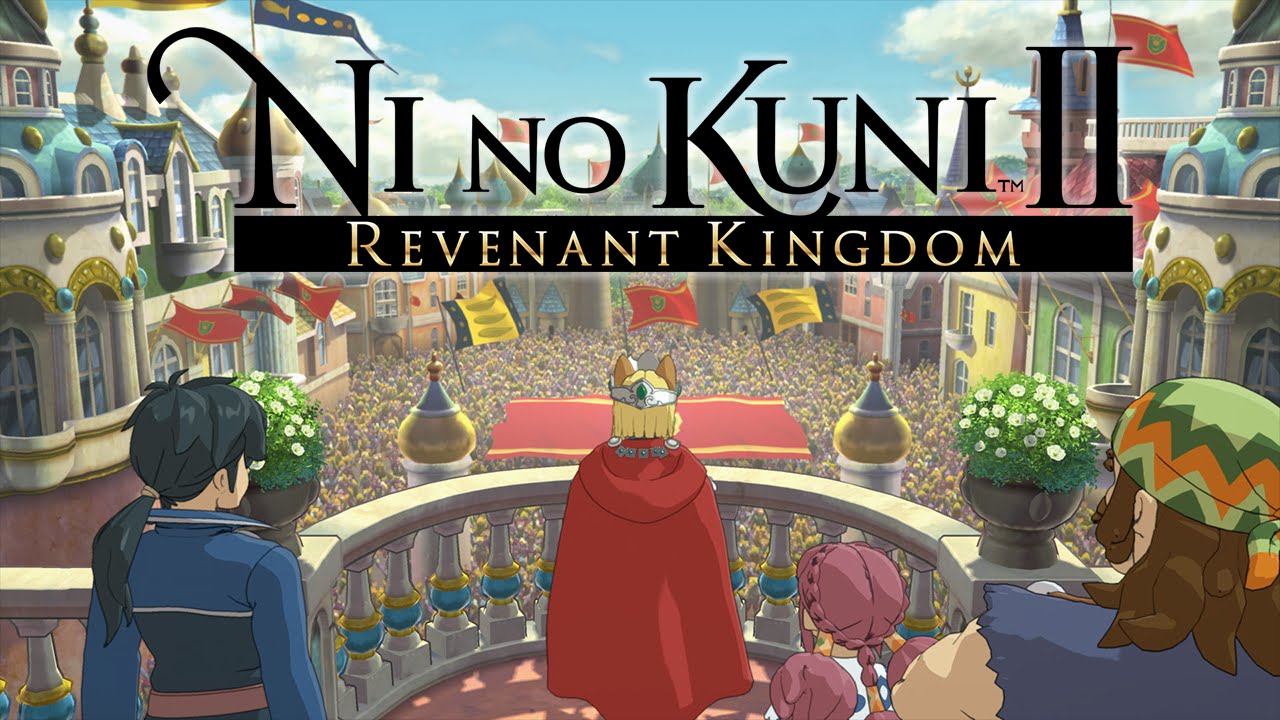Ni No Kuni 2: Revenant Kingdom is a masterpiece, and one of the best games of this generation. Revenant Kingdom improves on every aspect of its fantastic predecessor while crafting a touching and memorable experience that will be considered a classic RPG in years to come.
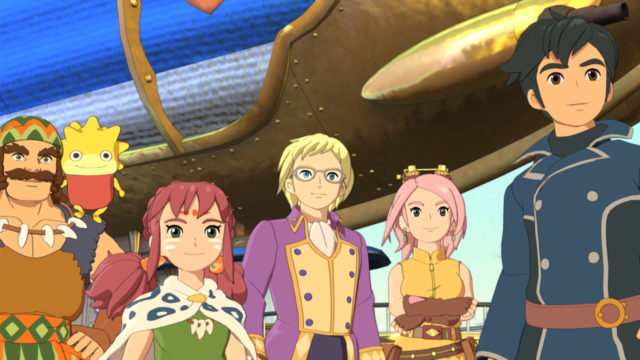
Ni No Kuni 2: Revenant Kingdom
Developer: Bandai Namco
Price: $59.99
Platform: PS4 (reviewed)
MonsterVine was supplied with a PS4 copy for review
I only played Ni No Kuni: Wrath of the White Witch for the first time a few months back. I found the game to be incredibly charming and fun, if not a bit simplistic. Revenant Kingdom fixes every issue I had with Wrath of the White Witch, while providing a vastly different experience that is completely accessible to anyone who didn’t play the first game. Revenant Kingdom surpassed my expectations, and I guarantee it’ll be considered a classic one day.
The story of Revenant Kingdom takes place generations after that of Wrath of the White Witch. On the day of his coronation, Evan Pettiwhisker Tildrum, Prince of the kingdom of Ding Dong Dell, is surprised when a man named Roland teleports into his room. It turns out that Roland is the President of the United States in the “real” world who, after witnessing a nuclear missile strike, was mysteriously transported to Evan’s world. Before anything can be explained, the royal adviser initiates a coup, forcing Evan and Roland to flee. From there, the magical Other World opens up, as Evan and Roland make new allies, help those in need, and build a new kingdom. This simple premise makes the story feel like a pleasant fairy tale, though it’s the characters of Revenant Kingdom that make the world truly feel alive.

From the main party to the denizens of each kingdom, Revenant Kingdom overflows with charming characters. Every corner of every kingdom has quite a few memorable residents, making the entire world feel alive and diverse. The best characters have to be the main cast though, with Evan and Roland standing out in particular. Tani and Batu, the sky-pirate father and daughter, have a lot of great moments as the muscle of the group, while Lofty is definitely the spiritual successor to Mr. Drippy from Wrath of the White Witch. I particularly like how Tani takes pictures of boss fights and story events to post on Leafbook (the world-building in-game social network), always accompanied by her quippy captions.
Evan’s development is nothing short of stellar. He starts the game as a nervous and overly emotional prince, but quickly becomes a noble and mature young king. The bonds Evan forges with his subjects throughout Revenant Kingdom’s main story and sidequests feel earned, making his consistent growth incredibly rewarding. Roland is just as strong a character, especially since he provides a much appreciated “adult” perspective (which was apparently his reason for being included). Roland’s fatherly care for Evan and his kingdom is heart-warming, as is Evan’s pure admiration of Roland and his presidential advice. Roland’s role as the adult of the party helps ground the story of Revenant Kingdom, especially since he’s willing to give difficult, pragmatic advice to the crew. The two rulers compliment one another perfectly, and their adventure together slowly establishes one of the most uplifting, genuine friendships in the medium.
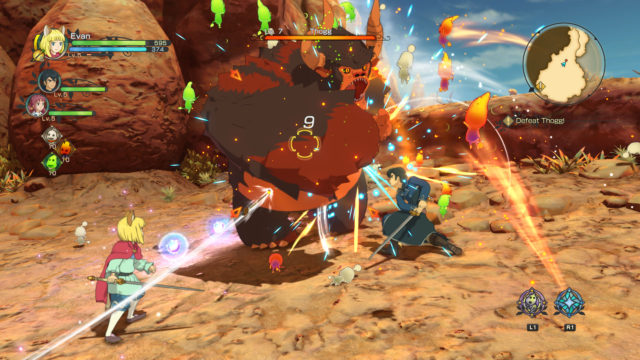
For the most part, Revenant Kingdom is split up into four sections: traversing, kingdom management, combat, and skirmishes. The game’s world map is quite large, and hides plenty of secrets in every nook and cranny. Also, enemies can be seen on the map (and in dungeons), which means there are no random encounters to worry about while exploring. If you don’t feel like exploring, the fast travel system in Revenant Kingdom is perfect, as visiting a location and activating a beacon gives you the ability to teleport there at any time for no cost. All these small gameplay choices add up, making travelling and exploration rewarding but entirely optional.
New to Revenant Kingdom is the kingdom building/management. Early in the story, Evan decides to make a new kingdom with his friends. Sitting Evan down on his throne lets you build and manage the fledgling land of Evermore, which is a borderline addictive feature. Building stores and services throughout Evermore nets you items, money, and influence. By assigning denizens of the town to different buildings you can make new spells, equipment, items, and pretty much anything else you could think of. Expanding your kingdom adds more services while also making your kingdom more aesthetically pleasing, until your little town eventually looks like a real bonafide kingdom of old.

Building and expanding upon your kingdom is both fun and immensely helpful, especially since the town accumulates money and research while you’re gone. You’ll often find yourself rushing back to your throne after a boss fight or after sending new people to your town, as you won’t be able to wait to see how you can grow your kingdom. Even without taking gameplay into account, building your own kingdom is immensely rewarding simply because that’s what Evan’s trying to do in the story. Watching this adorable little king slowly build a peaceful country is quite gratifying, especially after all the hard work you’ll have put into building it yourself.
Revenant Kingdom differs itself from its predecessor by embracing a more action-based combat system, similar to the likes of the Tales and Kingdom Hearts franchises. As Evan and friends, you are given a set area to run around in during each battle. You can perform light and heavy melee attacks, ranged attacks, blocks, dodges, and special moves, all with no turns or ATB bars limiting you. As much as I enjoy traditional turn-based RPGs (just look through one of my Dragon Quest reviews), this switch to a more active combat system is much appreciated. Battles are more seamless when they can be activated, fought, and finished without losing control of your character. This sounds like a minor improvement, but you really notice these extra seconds and smooth as time goes on, and they don’t go unappreciated.
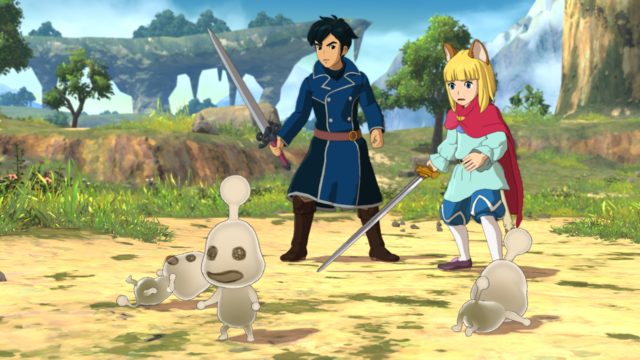
Replacing the previous game’s Pokémon-like Familiar system is Revenant Kingdom’s wonderfully named Higgledies. Found early in the story, Higgledies are tiny elemental creatures who accompany you on the battlefield. While you’re focusing on combat, the Higgledies will assemble in different parts of the combat area to provide you with various types of support. Some Higgledies will heal you and your party semi-frequently, while others, upon your command, will summon a black hole to heavily damage your foes. As goofy as this sentence may sound, Higgledies can be the difference between winning and losing a battle, so they’re as useful as they are cute. Through a Higgledie lab in Evermore, you can create new Higgledies or power up existing ones. These little guys all have their own element-specific advantages and disadvantages, so it’s definitely worth it to toy around with making the perfect team of little abstract-art Pikmin.
Finally, the skirmish system is where you show off Evermore’s military might. Taking place entirely on the world map, skirmishes pit Evan and up to four army units against an enemy and its army. It’s somewhat like an RTS in that you don’t directly control your armies, as Evan only gives them general commands. Should things start to go downhill, you can call in everything from reinforcements to airstrikes if you need them, though these features will cost Military Might. Skirmishes are all about managing units and resources properly, so you’ll have to be fairly strategic if you want to survive. Decimating foes with your own chibi army can be quite fun, though you won’t have to do it too often in the main story.
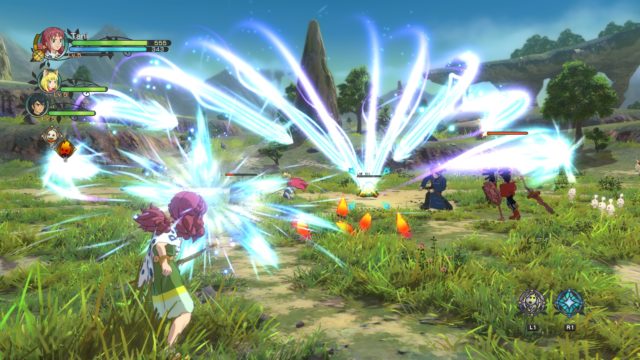
Revenant Kingdom has no shortage of side content, from the seemingly endless side-missions to the “tainted” secret enemies hidden around the map. Side-missions are normally pretty straightforward and can provide you with rare items, money, and best of all, denizens for your kingdom. This creates a thoroughly enjoyable cycle of doing missions, getting denizens, improving your kingdom, and repeating that is present throughout the entirety of the game. I can guarantee that you’ll have lots to do for hours on end, even after the main story is done.
Visually, Revenant Kingdom is a delight. Though the sequel no longer has any “official” involvement from acclaimed animation company Studio Ghibli, the studio’s iconic style is very much present. There’s a certain softness to the world of Revenant Kingdom, largely thanks to its rounded style and general simplicity. The vibrant colors keep things lively though, giving each part of the world a very distinct atmosphere. Goldpaw is skeevy and artificial-looking, while Evermore becomes progressively more royal while maintaining its warmth. I will agree with social media on one point though: Lofty looks weirdly similar to Lisa Simpson. I think that almost makes him more entertaining though, so I don’t mind at all.
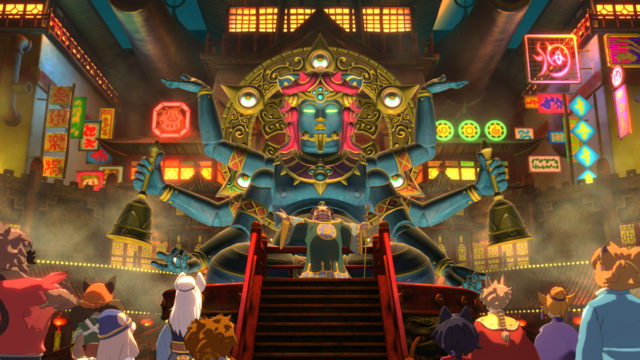
The music of Revenant Kingdom is masterful. From the booming orchestral battle themes to the more reserved, serene tracks that accompany kingdoms and towns, the entire soundtrack is a auditory treasure. I have to commend Joe Hisaishi for his work in Revenant Kingdom, as it elevates an already exceptional game to even loftier heights.
The voicework in Revenant Kingdom is splendid as well, as there were no characters whose voices felt out of place. I do wish that we got more voiced cutscenes though, as there were more textbox scenes than I expected throughout the game. The voiced cutscenes we do get are very well-performed though, as they too sound as though they would be at home in a Studio Ghibli film.
 The Final Word
The Final Word
Ni No Kuni 2: Revenant Kingdom is a masterpiece, plain and simple. The story, the characters, the gameplay, the visuals, the world- everything about the game is so full of depth and genuine fun that it’s difficult to put the controller down at times. Everyone should play this game, as depriving yourself of it would mean missing out on an unforgettable experience. I truly believe that Revenant Kingdom will be considered a timeless classic within the next decade, so what are you waiting for?
-MonsterVine Rating: 5 out of 5 – Excellent


